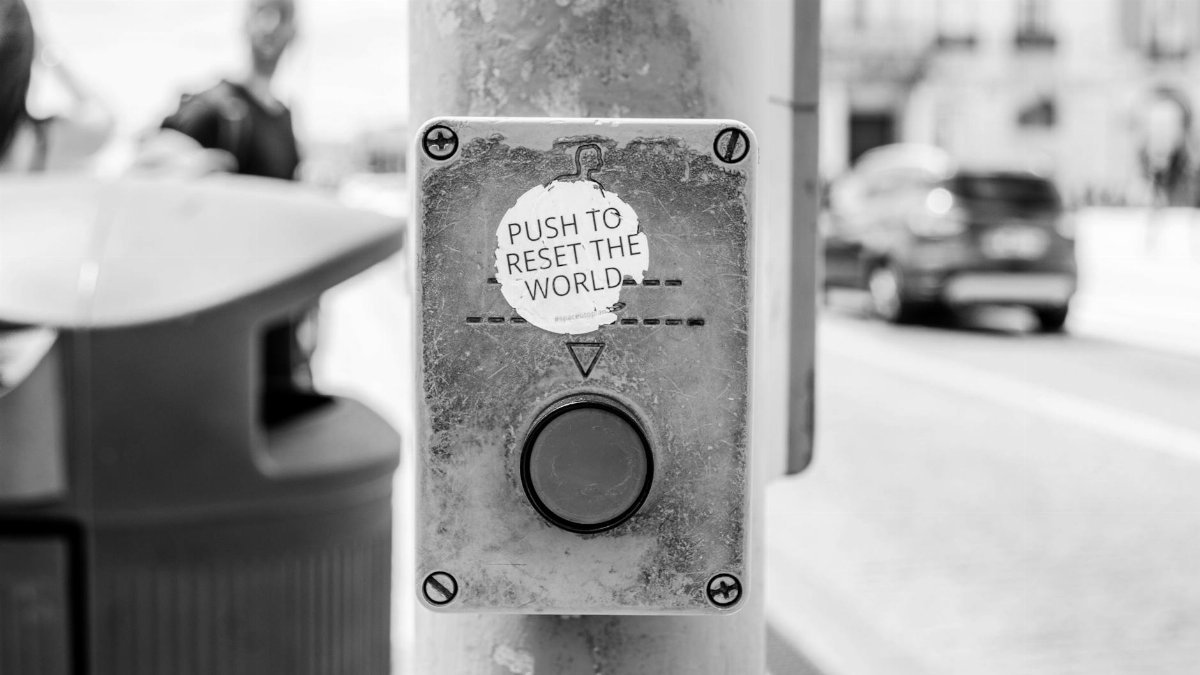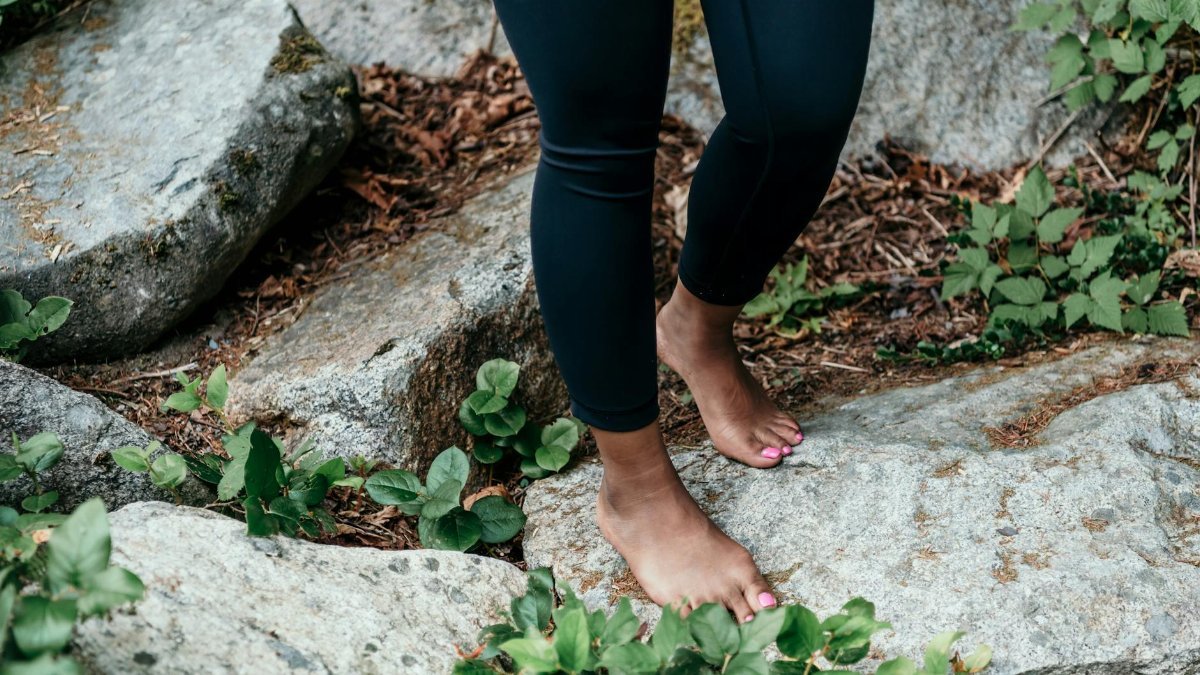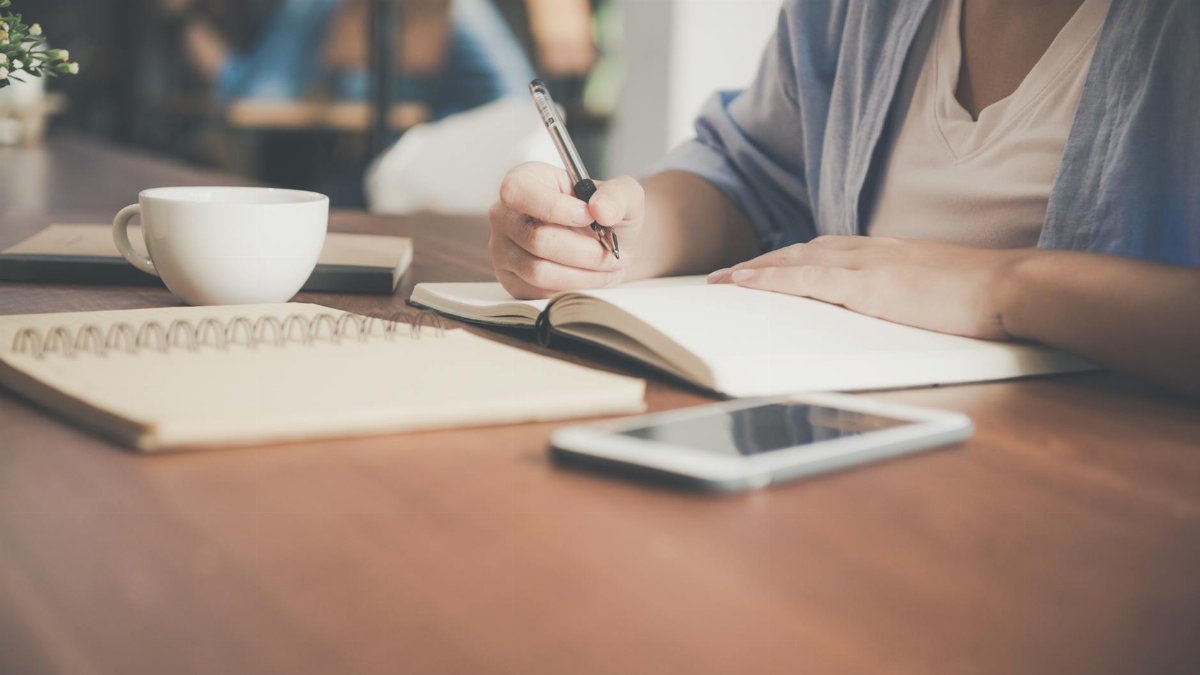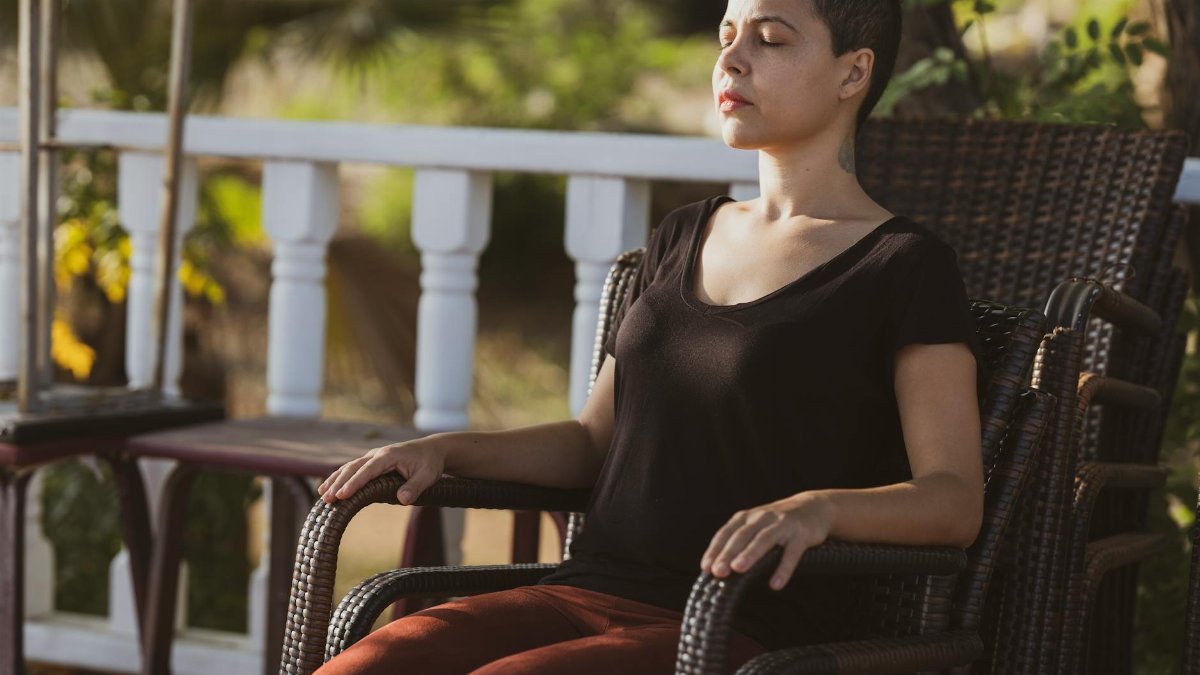Walk into any coffee shop or community center in Portland or Boulder these days, and you’re likely to overhear conversations about mindfulness, yoga, or alternative therapies. There’s a subtle but undeniable shift happening across the U.S. People are seeking ways to ground themselves amid relentless uncertainty—whether it’s economic instability, personal loss, or the lingering effects of global crises. This search often leads to mind-body healing, a concept that bridges the physical and emotional, offering tools to steady the self when the ground feels shaky. More than a trend, it’s becoming a lifeline for many. From breathwork to somatic practices, Americans are turning inward, hoping to find balance in a world that rarely pauses. How, though, can specific practices anchor us when everything seems adrift? Let’s look at ten actionable approaches that weave mind-body healing into daily life, each offering a tether to stability.
1. Breathwork as a Reset Button

A sharp inhale, a slow exhale—sometimes, that’s all it takes to shift a spiraling moment. Breathwork, a cornerstone of mind-body healing, isn’t just about oxygen. It’s a deliberate act of regulating the nervous system. Studies from institutions like the National Institutes of Health show that controlled breathing can lower cortisol levels, easing stress almost instantly. For someone caught in a loop of worry—say, waiting for medical test results—focusing on a simple 4-7-8 breathing pattern can feel like hitting pause. Picture a busy parent in a cluttered kitchen, stealing five minutes to breathe deeply while the chaos swirls. It’s not a cure, but it’s a start. The beauty lies in its accessibility; no equipment, no cost—just a quiet corner and a willingness to try.
2. Grounding Through Barefoot Connection

Ever notice how walking barefoot on grass or sand feels oddly calming? Known as “earthing,” this practice taps into the body’s natural rhythms by connecting directly with the earth’s surface. Research published by the Journal of Environmental and Public Health suggests that direct contact with the ground may reduce inflammation and improve sleep. During uncertain times, when anxiety can feel like a constant hum, stepping outside to stand on cool soil can be a quick anchor. It’s less about science for some and more about the tactile reminder of being part of something larger. Try it for ten minutes after a tough phone call. The simplicity is the point—nature doesn’t demand anything but presence.
3. Journaling to Untangle Inner Noise

When thoughts race, putting pen to paper can slow them down. Journaling isn’t just venting; it’s a mind-body practice that externalizes internal chaos, making it manageable. A study from the American Psychological Association highlights how expressive writing can reduce symptoms of anxiety and depression. Imagine someone facing job uncertainty, scribbling fears late at night—not to solve them, but to name them. The act bridges mind and body as the hand moves, the heart slows, and clarity creeps in. It’s not about polished prose. Even bullet points or disjointed phrases work. The goal? Release. Set a timer for five minutes daily, and let the page hold what you can’t.
4. Movement as Emotional Release

Dance, yoga, even a brisk walk—movement lets the body speak when words fail. Physical activity is a well-documented stress reliever, with findings from the Harvard Medical School showing it boosts endorphins while dialing down tension. In moments of uncertainty, the body often holds what the mind can’t process—tight shoulders, clenched jaw. A simple stretch or impromptu kitchen dance party can loosen that grip. Think of a middle-aged woman, recently divorced, joining a local Zumba class not for fitness, but to feel alive again. It’s less about perfection and more about motion. Pick something sustainable, even if it’s just pacing while on a tough call. The body remembers how to let go.
5. Meditation for Mental Stillness

Sitting quietly with your thoughts sounds daunting when life feels unsteady. Yet meditation, even in short bursts, can carve out mental space. It’s a core piece of mind-body healing, training the mind to observe rather than react. Research supported by the National Center for Complementary and Integrative Health indicates it can lower blood pressure and improve focus. For someone juggling caregiving and work stress, five minutes of guided meditation via an app can be a lifeline. It’s not about emptying the mind—more about noticing the storm without being swept away. Start small. Focus on one breath at a time. Over weeks, that stillness becomes a refuge.
6. Visualization to Reclaim Control

Close your eyes and picture a safe place—a beach, a childhood room, anywhere calm. Visualization, often used in therapy, helps the mind steer toward stability when external chaos reigns. It’s a mental rehearsal for peace, engaging both imagination and physiology to lower heart rate. Therapists note it can rewire stress responses over time. For someone awaiting life-changing news, imagining a positive outcome—or simply a moment of quiet—can ease the wait. It’s not denial; it’s a tool. Spend a few minutes daily building that mental image, layering in sensory details like the sound of waves or warmth of sunlight. The mind starts to believe in calm, even if briefly.
7. Somatic Awareness to Feel the Body

Uncertainty often pulls attention outward—endless “what ifs” about the future. Somatic practices flip that, tuning into the body’s present signals. This might mean scanning for tension in the neck or noticing a racing heartbeat without judgment. It’s about listening. Therapists trained in trauma recovery often use this to help clients reconnect after disconnection. Picture a veteran, years after service, sitting quietly to feel his feet on the floor, grounding himself during a flashback. It’s subtle but powerful. No special skills needed—just curiosity. Lie down or sit, and slowly notice each body part for a minute or two. Over time, this builds a bridge between scattered thoughts and physical reality.
8. Gratitude as a Perspective Shift

When everything feels off-kilter, finding one small thing to appreciate can be a quiet rebellion. Gratitude practices, often tied to mind-body healing, aren’t about ignoring pain but reframing it. Studies from institutions like UC Berkeley’s Greater Good Science Center show that noting daily positives can improve mood and sleep. For someone facing financial strain, writing down “a warm meal today” isn’t naive—it’s grounding. It pulls the mind back from spiraling. Try listing three things each night, no matter how minor. A stranger’s smile. A sunny afternoon. The act rewires focus, bit by bit, anchoring the spirit when waves crash.
9. Community Connection for Shared Strength

Humans aren’t built to weather storms alone. Connecting with others—whether through support groups, spiritual gatherings, or even casual chats—reinforces resilience. The body responds to social bonds with oxytocin, the “feel-good” hormone, easing stress. Think of a small-town book club where members, facing varied uncertainties, share stories over tea. One person recently admitted online, anonymously, that joining a local meditation circle felt like “finding family again” after months of isolation. That’s the power of shared space. Seek out or create a circle, even virtually in 2025’s digital landscape. Healing amplifies when it’s collective. A simple “I get it” from someone else can steady the ground beneath you.
10. Ritual to Mark Stability

Rituals, even small ones, create anchors when life feels unmoored. Lighting a candle each morning, brewing tea with intention, or repeating a quiet phrase—these acts signal safety to the mind and body. They’re less about superstition and more about consistency. Anthropologists note humans have long used rituals to navigate uncertainty, from ancient rites to modern habits. For a family reeling from relocation, a nightly storytime becomes non-negotiable, a tether amid change. Craft your own, something repeatable and personal. Maybe it’s arranging a workspace before starting the day. The predictability soothes. Over time, these moments build a rhythm, a reminder that some things, however small, remain steady.
Uncertainty isn’t going anywhere. It’s woven into the fabric of life, especially in a year like 2025, where personal and collective challenges seem to overlap relentlessly. Yet, through these ten practices, mind-body healing offers a way to stand firm—not by escaping reality, but by engaging with it differently. Each approach, from a deep breath to a shared conversation, is a thread in a larger tapestry of resilience. They don’t promise solutions, but they do provide tools to navigate the unknown. Start with one. See how it feels. The path to balance often begins with a single, intentional step.
